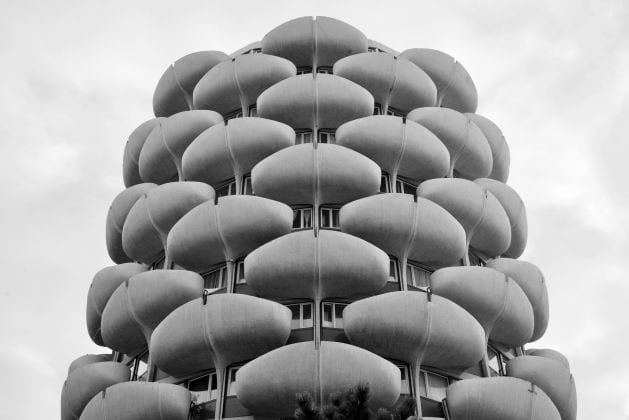 Les Choux de Créteil. Photography by Nigel Green © Blue Crow Media
Les Choux de Créteil. Photography by Nigel Green © Blue Crow Media
For a while they were seen as eyesores, but now Paris’s Brutalist buildings are being seen as icons.
In the last few years Brutalism has seen a resurgence in popularity. Once scorned, Brutalist buildings around the world are now being seen iconic parts of the cities they inhabit. After years of neglect, the buildings themselves are in vastly different conditions.
Paris had a different relationship with the Brutalist movement to many other European capital cities. Unlike London where Brutalist buildings were commissioned to fill the gaps left by the Second World War, for example, Paris doesn’t have many Brutalist structures in its centre. Instead these buildings tend to appeear around the city’s periphery. There are also few Brutalist culture buildings, such as London’s Barbican Centre and National Theatre. Instead, there are brutalist housing blocks, university facultties and administrative buildings.
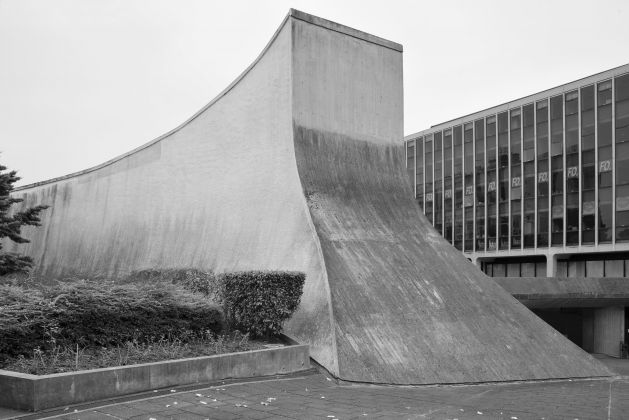
Read more: The concrete collective – a guide to Brutalism in London
In Paris the Brutalist buildings were part of a city expansion, built in response to an increase in the urban population. Already dense, modern Paris grew outwards rather than becoming denser in the centre. With this growing sprawl came commissions for new developments.
In 2017 Blue Crow Media released a map of Brutalism in Paris, created in collaboration with Robin Wilson, a lecturer at the Bartlett School of Architecture and photographer Nigel Green, who are both part of art collective Photolanguage. The map collects up over 40 Brutalist sites in the city, and shone a new light on the presence of these somewhat overlooked buildings.
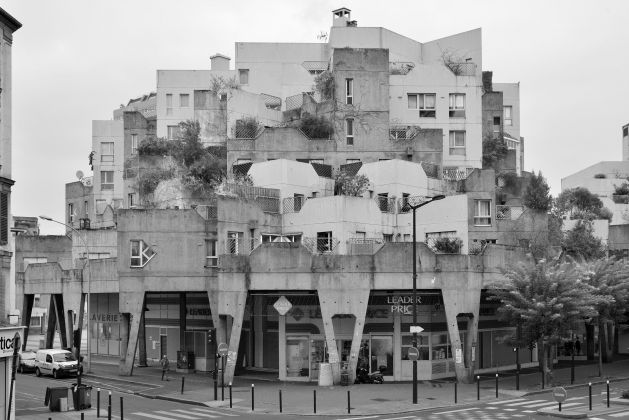 Les Etoiles at Irvy-sur-Seine. Photography by Nigel Green © Blue Crow Media
Les Etoiles at Irvy-sur-Seine. Photography by Nigel Green © Blue Crow Media
Included in the many examples of brutalist architecture around Paris are works by Le Corbusier, Oscar Niemeyer, Jean Renaudie, Marcel Breuer, Renee Gailhoustet and many other well-knonw architects.
The map presents a very different architectural exploration of Paris to the usual route around the Louvre, the Pompidou Centre and the Cathedral of Notre Dame. Celebrating instead the concrete creations, it explores the postwar commissions in Paris and a more radical side of the built environment.
Among the buildings on the map are Les Orgues de Flandre Les Damiers, a group of residential buildings in the 19th arrondissement of Paris that were built in the late 1970s by the architect Martin van Trek; the UNESCO Headquartes, designed by Breuer in the shape of a trefoil; and the bizarre saucer-shaped building for the Murat Telecommunications designed by Pierre Vivien.
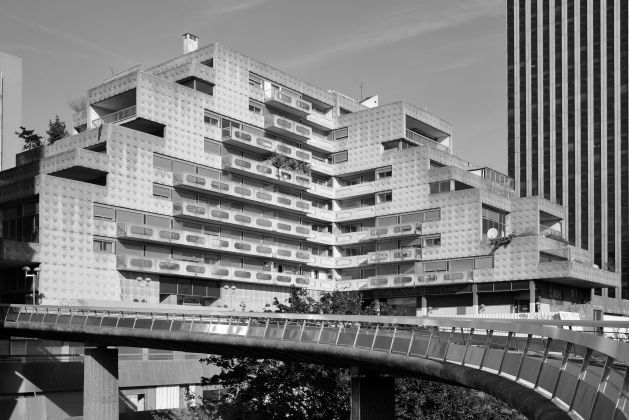 Les Orgues de Flandre Les Damiers. Photography by Nigel Green © Blue Crow Media
Les Orgues de Flandre Les Damiers. Photography by Nigel Green © Blue Crow Media
Les Choux de Créteil, designed by Gerard Grandval is a residential complex in the southeastern suburbs of Paris. It consists of 10 towers with experimental concrete balconies, formed in the shape of petals. These balconies give the towers a unique look, and were designed to create privacy for the residents.
Les Etoiles at Irvy-sur-Seine, designed in the 1970s by Jean Renaudie and Renée Gailhoustet, is a series of eight affordable housing buidings arranged in a pyramid-like structure. There are 40 dwellings, mixed in with offices and retail shops.
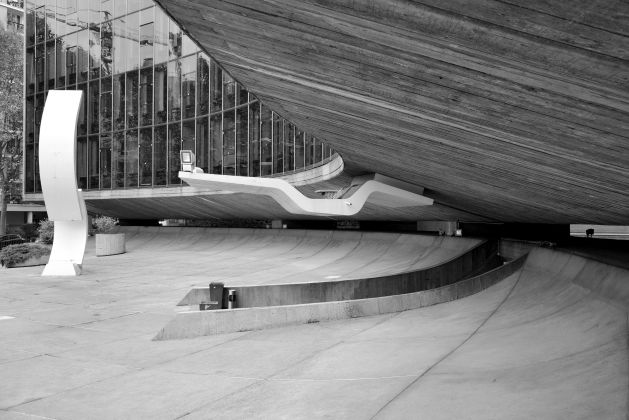
In terms of history, Brutalism spans the period of time that Modernism was transitioning to Postmodernism. Its buildings were often conceived as ambitious social experiments, but were critiqued for their blunt aesthetics and gray concrete structures. Many Brutalist complexes have been deemed as failures, but in recent years there has been a stronger focus on remembering the economical, structural and material benefits of the use of concrete in construction, and the intentions of the Brutalist architects such as those in Paris have been remembered more favourably.
All photography by Nigel Green © Blue Crow Media


















